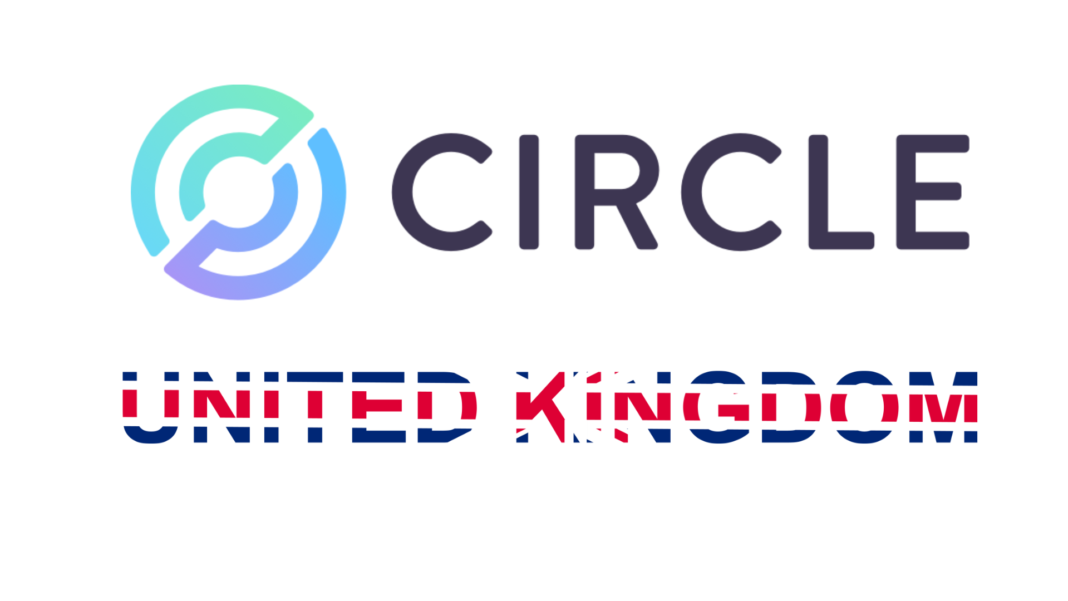Circle’s global head of policy, Dante Disparte, has made a significant prediction regarding the United Kingdom’s approach to stablecoin regulation, suggesting that formal legislation could be implemented in “months, not years.”
The update comes from a recent CNBC interview in London, during Disparte’s visit to London. The prediction in particular concerns ‘stables,’ cryptocurrencies designed to hold a fixed value by anchoring to more conventional currencies, such as U.S. dollar or British pound.
While there is official comment from the Treasury and the Bank of England unavailable when CNBC sought the same, this timeline suggestion would be for a potentially accelerated move in UK regulatory landscape for digital assets.
Strategic Delay and Market Validation
Disparte offered an interesting perspective on the UK’s previously cautious approach to crypto regulation, suggesting that this measured pace may have been beneficial given the turbulent events in the cryptocurrency industry during 2022.
The collapse of major players like FTX, which was once valued at $32 billion, along with other industry crises, has seemingly vindicated the UK’s careful regulatory approach. This strategic delay has allowed regulators to observe and learn from various market failures and challenges, potentially enabling them to craft more robust and effective regulations.
However, Disparte noted that there’s now an increasing sense of urgency to establish formal regulations not just for stablecoins, but also for digital asset trading and other crypto-related activities.
Also Read: Stripe Acquires Stablecoin Platform Bridge In $1.1 Billion Deal
Competitive Positioning and Global Context
The urgency for implementing stablecoin regulation is partly driven by the UK’s need to maintain its competitive position in the global financial landscape. Disparte highlighted that the UK risks falling behind other jurisdictions that have already established clear regulatory frameworks.
The European Union, for instance, has begun enforcing stablecoin regulations under its Markets in Crypto Assets (MiCA) framework, while Singapore has also implemented formal laws for the stablecoin industry.
Disparte emphasized a crucial balance, warning that while protecting the economy from crypto-related risks is important, excessive caution could result in missing out on job creation opportunities and future industry development. His statement that “you can’t have the economy of the future unless you have the money of the future” underscores the strategic importance of embracing digital asset innovation.
Potential Benefits and Future Developments
The implementation of stablecoin regulation could bring several significant benefits to the UK’s financial sector. Disparte outlined these potential advantages, including innovation in wholesale banking, improvements in real-time payment systems, and the advancement of pound sterling digitization.
The benefits extend beyond just regulatory compliance, suggesting that proper stablecoin regulation could catalyze broader financial innovation and modernization in the UK’s banking sector.
This comprehensive approach to digital asset regulation could position the UK as a leader in financial innovation while maintaining appropriate safeguards for market stability and consumer protection.


